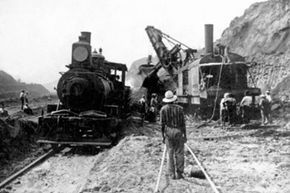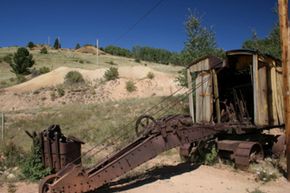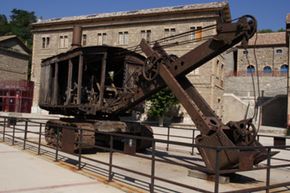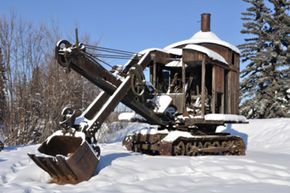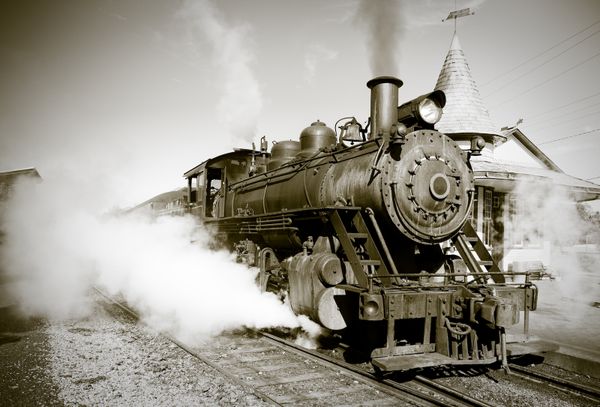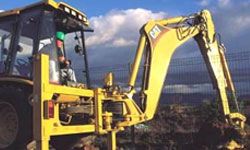The venerable steam shovel, with its belching smokestack, hissing jets of steam, clattering mechanical works and jawlike bucket, appears today like a dinosaur fit for the Industrial Age. Indeed, the remains of old steam shovels, either abandoned or well preserved, can be found at old mining sites and museums the world over: reminders of an era when steam still powered a good number of vehicles and vessels.
The steam shovel's heyday in the late 19th and early 20th centuries was a time marked by rapid growth and near limitless optimism about industry's ability to foster progress.
Advertisement
Steam shovels, large excavating machines powered by steam, surpassed by an order of magnitude the work a man could do with a pickax or hand shovel. Compare the 12 cubic yards (9.2 cubic meters) of earth a man could move in a day to the 300 cubic yards (229.4 cubic meters) capable daily by even the earliest steam shovels! This massive earth-moving capacity made steam shovels the key piece of construction equipment on mammoth-sized projects that included digging the foundations of early skyscrapers, building marvels such as the Holland Tunnel and pulling off one of the greatest engineering feats of all time -- building the Panama Canal.
Over time, steam shovels and their successors got bigger and bigger in the worldwide race to build and mine on an ever-more-impressive scale. Then, with diesel, electric and hydraulic power making inroads in construction equipment toward well into the 20th century, steam shovels began to fall out of favor. Their eventual obsolescence, however, in no way diminishes the huge contributions these machines made to shaping our modern world.
In this article, we'll unearth how these giant digging tools came to be, how they worked, what they helped build and what happened to them.
Keep reading to get the scoop on the history of steam shovels.
Advertisement
